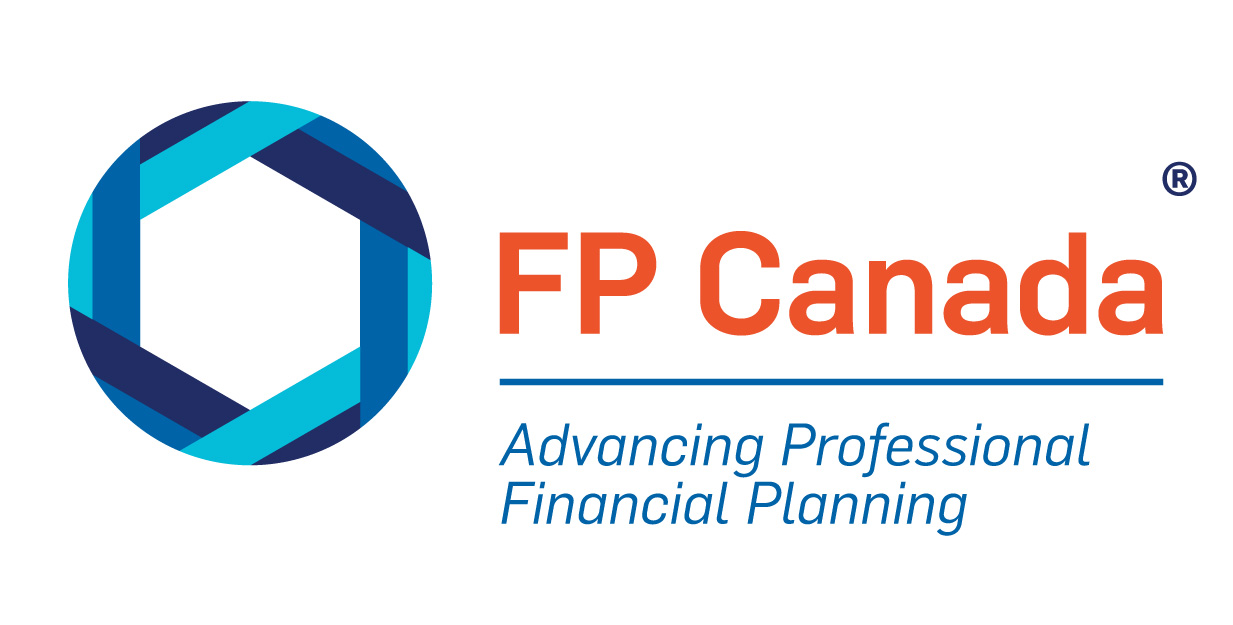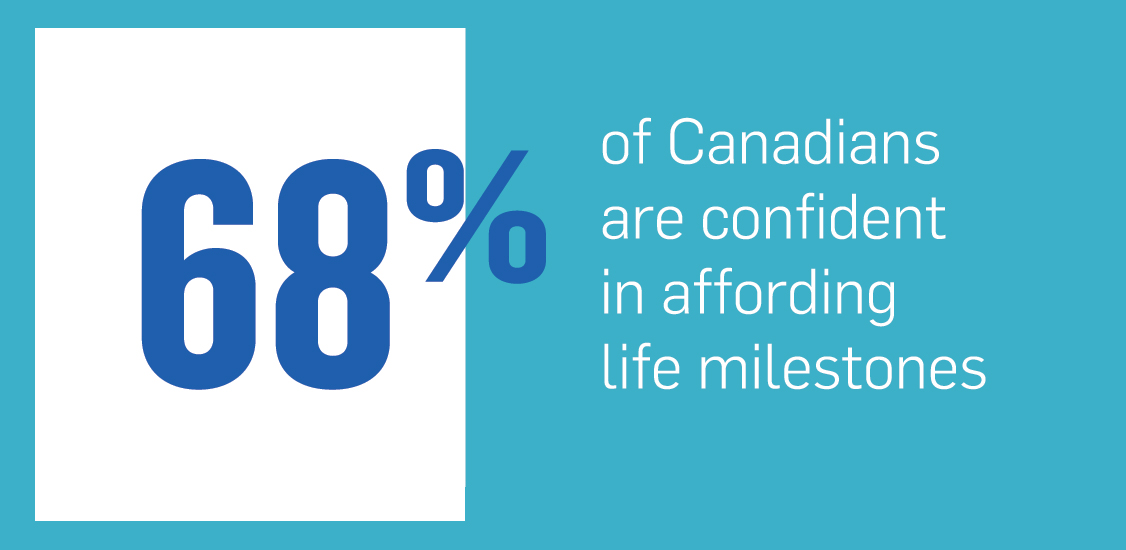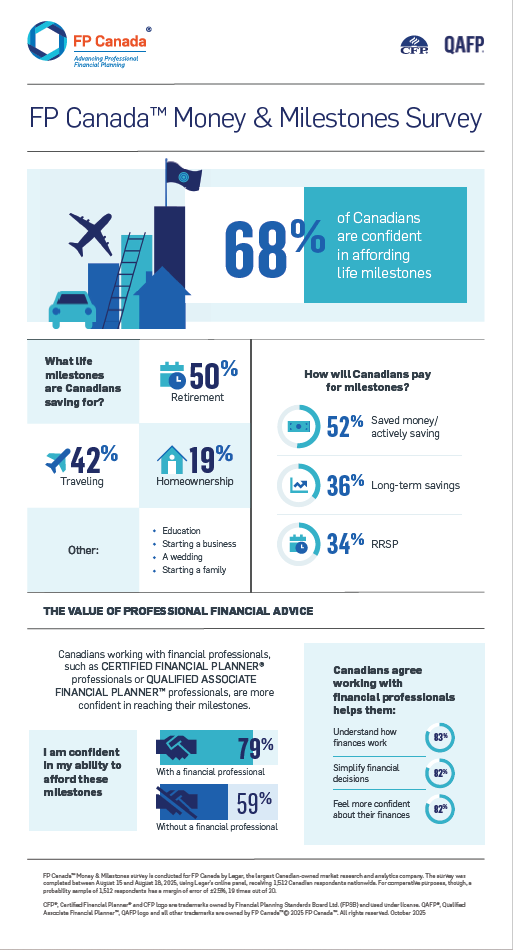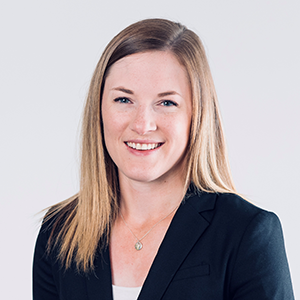Saving for your children’s education is about more than just covering costs. It can also ensure your kids aren’t limited in their career choices due to financial constraints, or hampered by large amounts of student debt. This, in turn, can help provide a strong financial foundation as they begin their adult lives.
Simply put, the earlier you begin saving, the better positioned you’ll be to support your children’s future success. If you’re just getting started, here’s what you should know.
The Basics: Why Start Early?
Similar to saving for retirement or any other long-term goal, when it comes to saving for education, the earlier you start, the better your outcome will be. This is due to compound investment growth. Compound growth occurs when you earn returns on the investment you start with, and then you earn returns on those returns. This ultimately allows your investment to grow more quickly over time.
With education savings, the timeframe is a little shorter than it is for retirement. Most parents have roughly 17 years per child to save. This makes saving early even more critical.
By incorporating saving into your financial plan shortly after your child is born, you can spread out the cost of postsecondary education over time. As a result, you’ll reduce the total amount you’ll need to save to reach your goal. Waiting just a few years can mean you’ll be saving for longer—and have less available to put towards your goal when your children are ready to head off to school.
Understanding the costs
Most students in Canada will pursue postsecondary education through college, university, or skilled trades and apprenticeships. Currently, Canadians can expect to pay between $2,500 and $11,400 per year in tuition fees for domestic students, depending on the program and option chosen. Tuition fees for international students can be much higher.
In addition to tuition costs, it’s important to budget for additional expenses such as food and accommodations, books and supplies, and transportation. As the costs vary greatly depending on the program and school chosen, it’s important to have a conversation with your children regarding their career aspirations when the timing is right.
Tools to help with costs
The RESP is a registered plan offered by the government. It’s the most effective way for Canadians to save for their children’s postsecondary education. The RESP offers tax-free growth on your contributions. It also provides you with access to government grants that match a portion of them, which will boost your savings further so you can reach your goal faster.
The most common grant available to all beneficiaries within the RESP is the Canada Education Savings Grant (CESG). It matches 20% of your contributions up to a maximum of $500/year, or $7,200 over the life of the plan. This grant is available to all families regardless of income level.
While leveraging this grant, parents would need to contribute $2,500 per year for each child, or approximately $210 per month, to receive the maximum CESG each year. If it fits into your plan, making contributions that will maximize the CESG is the most effective way to reach your savings goal.
If you’re struggling to find additional room in your budget, utilizing the Child Care Benefit (CCB) for education savings will allow you to get started right away.
Tips for getting started and involving your children
Here are a few tips for starting to save—and ensuring your children are part of the process:
- Begin saving, even if the amount is small – There are a lot of other expenses that arise when having children, and it can become more difficult to incorporate education costs into your budget the longer you wait. Making small progress is better than making no progress at all. The good news is, saving can become easier over time if you establish the habit early.
- Start a Conversation – Once you begin discussing your children’s career goals and postsecondary education options with them, it’s a good time to also start talking about costs. Involving children in the planning early on will help them understand how their education will be funded—and it can teach them about budgeting, saving, and planning for long-term goals.
- Be honest yet reassuring – Honesty is key, especially if your children are going to need to assist with their education costs. Having discussions around part-time work, scholarships, bursaries, and saving habits to help close any gaps will be valuable to their long-term success.
Lean on a financial planner for support
Saving for your children’s education can feel overwhelming, but you don’t have to do it alone. A Certified Financial Planner® professional or Qualified Associate Financial Planner™ professional can help you build a plan that fits your goals and priorities. Education is such an important investment in your children’s future, and we’re here for you every step of the way.
To find a CFP® professional or QAFP® professional who can help you start saving for your children’s education, visit the Find Your Financial Planner tool.
Meghan Wassink is a QAFP professional at Impact Financial Group Inc.

 Find Your Financial Planner
Find Your Financial Planner






